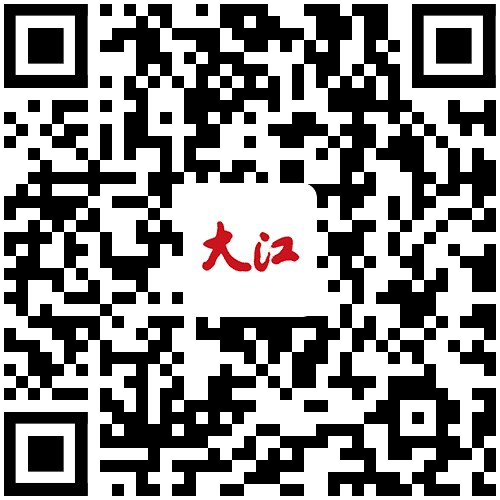EconoScope | U.S. faces supply chain fallout from China's rare earth export restriction
(ECNS) -- The international rare earth market has seen an unusual price surge now.
According to UK-based research firm Argus Media, as of May 1, the price of dysprosium in Europe -- the benchmark for the material outside China – has tripled from the start of April to $850 per kilogram and Terbium increased to $3,000 per kilogram from $965.
Some analysts believe that the recent price surge is directly linked to China's export controls on seven categories of medium and heavy rare earths, which came into effect on April 4.
As the world's largest producer and exporter of rare earths, China holds a commanding lead in both the production and processing of these critical rare earth materials.
Just one month after the implementation of the export control measures, U.S. companies are already feeling the impact.
Reuters cited Elon Musk as saying that Tesla's Optimus production was affected by a supply chain in China because Tesla uses rare-earth magnets sourced from China for the actuators in the robot's arms.
According to Nikkei Asia, a media company in Japan, Ford Motor has also warned of potential disruptions caused by China's restrictions on exports of rare-earth minerals. Kumar Galhotra, Ford's chief operating officer, said that the curbs imposed by Beijing could have a profound impact on the entire auto industry.
CNN noted that China's dominance of the rare earth supply chain has emerged as one of its most powerful tools in the ongoing trade war with the U.S.
In fact, the impact of China's "no sales" policy goes beyond rare earths. Over the past month, growing U.S. dependence on Chinese-made goods — even everyday products — has also become increasingly evident.
Last Friday, a new U.S. policy revoking small-value tariff exemptions on Chinese goods, came into effect. Prior to this, products shipped directly from China had largely disappeared from cross-border e-commerce platform Temu. Meanwhile, third-party sellers on Amazon also raised prices on hundreds of products in response.
Walmart initially asked Chinese suppliers to absorb the increased tariff costs. However, just 20 days later, the company reversed its stance, informing some Chinese suppliers to resume shipments and confirming that American buyers would now bear the added costs.
According to CBS News, Walmart has already raised concerns with the White House, warning that the Trump-era tariffs could lead to empty shelves soon.
In sharp contrast, Chinese manufacturers are adjusting quickly to meet these challenges.
In east China's Yiwu City, many foreign trade companies are steadily expanding their customer base in regions such as South America and Europe. Businesswomen in Yiwu have taken the initiative to learn Spanish in hopes of better selling globally.
China's Ministry of Commerce is also facilitating channels for foreign trade enterprises. By the end of April, nine e-commerce platforms had opened green channels for onboarding exporters, while six platforms had established domestic sales sections, connecting with over 6,000 foreign trade firms.
From resource allocation control to market diversification, from industrial upgrading to consumption transformation, China is responding to external challenges with greater resilience.
If the U.S. continues using tariffs as a weapon, it risks facing more than just higher prices and product shortages, and could also lose control over key supply chains and resources.
For China, it is time to seize more control and reshape its global engagement with a more strategic, long-term vision.
(By Gong Weiwei)





























